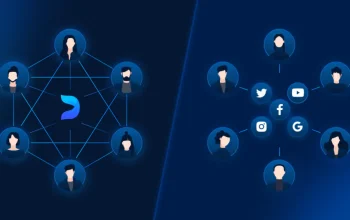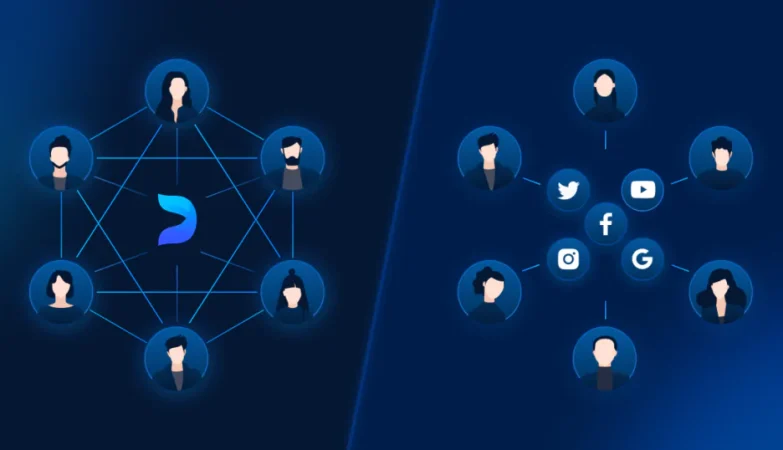As the global economy and landscape evolve, the nature of security threats changes, too. Emerging technologies are redefining the landscape, with unprecedented speed and impact. Advances in technology have created new challenges, from personal safety to the shifting geopolitical balance of power. Increasingly, businesses must monitor for breaches and attack vectors, and test defenses before cybercriminals find a weak spot. Unfortunately, most companies are unable to keep up with the evolving role of security and technology.
While some companies can hire security specialists to address this growing threat, most companies are forced to upgrade their current workforce. Security training is a common practice in many organizations, with 60% of companies offering security-related certifications to employees. Security training is also extended to the general workforce through ongoing programs that assess employees’ security literacy. By combining training and education, companies can improve their security literacy. A recent study by CompTIA revealed that security skills shortages are a major cause of the skills gap in organizations.
To meet this challenge, organizations must shift from reactive to proactive security measures. These measures include penetration tests, external audits, and security training. As the workplace continues to evolve and hybrid work models become more prevalent, security analysts must become more adept in leveraging technology and the right tools to protect their companies. The right security technology is critical, but companies must also develop a culture of proactive security. If the organization does not embrace a proactive security culture, it will be vulnerable to new threats.
While this shift in security and technology is important for the global economy, it also poses significant challenges for the human factor. As digital interconnectivity continues to increase, human error is an increasingly significant vulnerability. Without smart security, cyber-attacks will be able to exploit this weakness. Smart cybersecurity is a key element of smart security, enabling organizations to identify, neutralize, and remediate cyber-threats.
The growing volume of data and threats has altered the role of the security operations center analyst. The new SOC model requires analysts to be more agile and embrace new approaches to security. Automation is essential for reducing noise, ensuring effective responses, and increasing analyst job satisfaction. It’s important to find a solution to these challenges, and adopt the autonomous SOC model. You’ll be glad you did. So what’s the downside?
As the security and technology stack grows, the CISO’s role evolves. Instead of being a one-dimensional superhero responsible for keeping out cybercriminals, CISOs are now expected to be the jack-of-all-trades of the technology stack. They should be a business-minded leader and ensure that they provide positive business value. So, what are your business goals? The best answer is to incorporate both.
For example, one strategy is to create a deputy national security advisor for emerging technologies. This position will serve as a convening point for government voices on emerging technology. While the NSC would have a dedicated staff, this position would not be responsible for driving policy. The National Science Foundation (NSF) might also play a role in research and development of new security-related technologies. In either case, the NSC will have to embed itself in the top offices of the government and strengthen its existing tech policy offices.









